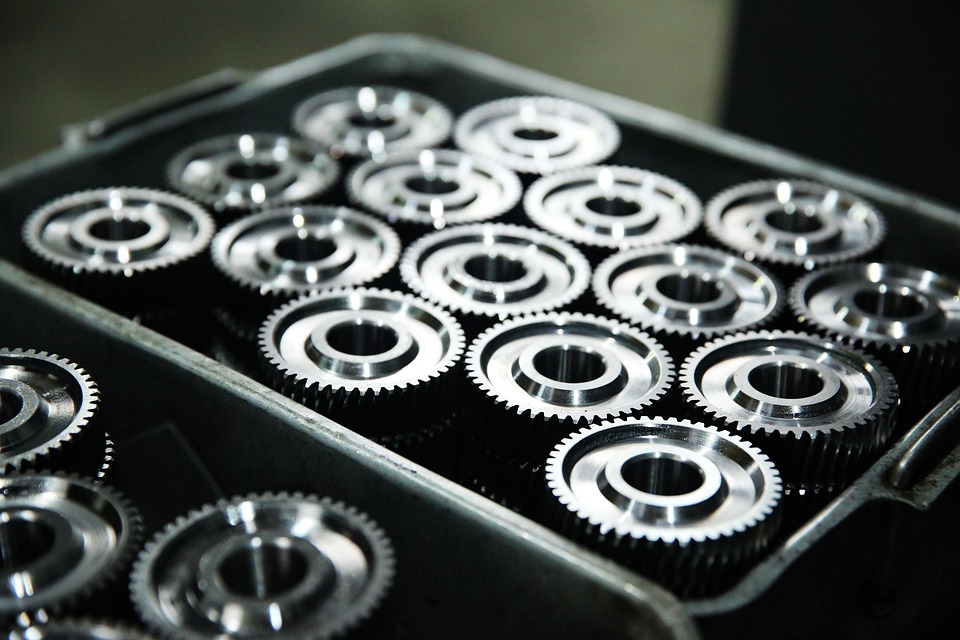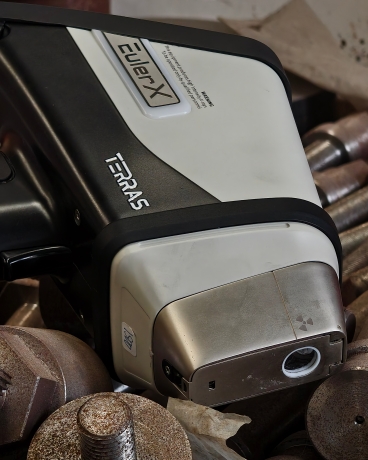
Metal Material
A high-tech enterprise focusing on the development and application of X-ray technology products, committed to becoming a leading supplier of X-ray industrial testing solutions.
How an XRF Machine Is Transforming the World of Material Testing
In the ever-evolving world of material science, testing and analysis play a crucial role in ensuring quality, safety, and compliance across industries. One of the most revolutionary tools transforming this landscape is the X-ray Fluorescence (XRF) machine. Whether it's used in mining, construction, manufacturing, or environmental monitoring, the XRF machine is reshaping the way materials are tested, offering fast, non-destructive, and highly accurate results.
What Is XRF Technology?
X-ray Fluorescence (XRF) is a technology that utilizes the interaction of X-rays with matter to identify and quantify the elements present in a material. When an XRF machine shines X-rays onto a sample, the atoms in the material become excited and emit fluorescent X-rays of their own. By analyzing the energy and intensity of these emitted X-rays, the machine can determine which elements are present and their concentrations.

Key Benefits of XRF in Material Testing
Non-Destructive Testing
Unlike traditional material testing methods, which may require samples to be destroyed or altered, XRF testing is non-destructive. This means that the material being tested remains intact, making it ideal for valuable or limited samples, as well as for repeated testing.
Speed and Efficiency
XRF machines provide real-time results, which is a game-changer for industries that require fast analysis. In many cases, results are available within seconds to a few minutes, allowing for quick decision-making and improving workflow efficiency.
Portability
Advances in XRF technology have led to the development of handheld models, enabling testing to be conducted directly at the site. This portability reduces the need for sending materials to labs and waiting for results, which can be time-consuming and costly.
Wide Range of Applications
XRF is versatile, capable of testing a broad spectrum of materials, including metals, alloys, plastics, soil, and even liquids. It is widely used in industries such as construction for testing concrete and metals, mining for ore analysis, and environmental monitoring for detecting contaminants in soil or water.
Accuracy and Precision
XRF machines provide highly accurate and precise results, which is essential in material testing, especially in fields like aerospace and electronics, where even small deviations in material composition can lead to performance failures.
Applications of XRF in Various Industries
Environmental Testing
XRF machines are essential in monitoring pollutants in the environment. They can detect toxic heavy metals such as lead, mercury, and cadmium in soil, water, and air, contributing to public health safety and compliance with environmental regulations.
Metal and Alloy Analysis
In the metallurgy industry, XRF is used to verify the composition of metals and alloys, ensuring they meet the required standards for strength, durability, and performance.
Mining and Geology
Mining companies use XRF to analyze ore samples directly on-site. This allows for efficient resource extraction and better decision-making regarding the processing of different materials.
Quality Control in Manufacturing
Manufacturers rely on XRF for quality assurance, ensuring that raw materials meet strict specifications before production begins. This reduces waste and defects in the final product.
EulerX 900 series handheld alloy analyzers offer fast, accurate, and non-destructive metal analysis. Ideal for alloy grade identification, quality control, and scrap metal recycling, it delivers lab-quality results within seconds. With an ergonomic design, long-lasting battery, and user-friendly interface, it operates anywhere with minimal training. The analyzer features a library of over 1600 alloy grades and can store up to 100,000 test results, making it an efficient tool for diverse metal analysis tasks.

Terras EulerX900 Handheld Alloy Analyzer
The Future of XRF Technology
As XRF technology continues to advance, it is expected to become even more sophisticated, with enhanced sensitivity, faster data processing, and improved user interfaces. The integration of AI and machine learning with XRF systems is also on the horizon, which could lead to even more powerful material analysis capabilities.
In conclusion, the XRF machine is undoubtedly transforming material testing across multiple industries, making it faster, more accurate, and accessible. As technology evolves, it will continue to play a pivotal role in ensuring quality, safety, and efficiency, driving innovation and progress across various sectors.
Join Us
Subscribe to our email list for updates & promotions.



